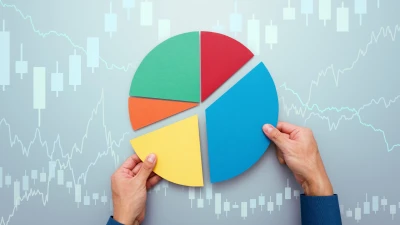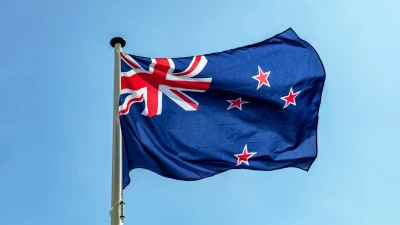ASX celebrates 20 years of ETFs


If you invested in the first-ever exchange traded funds (ETFs) launched on the Australian Securities Exchange (ASX) almost 20 years ago, your investment would have seen a 400% return.
In August 2021, the ASX admitted two State Street Global Adviser ETFs onto the exchange – the SSgA SPDR S&P ASX 200 ETF and the complimentary ASX 50 ETF.
Data from FE Analytics showed the SSgA SPDR S&P ASX 200 ETF returned 402.08% while the ASX 50 ETF returned 375.38% since 31 August, 2021, to 30 July, 2021.
As of 6 August, the ASX 200 ETF had $4.81 billion in assets under management (AUM), while the ASX 50 ETF had $788.36 million in AUM.
According to data from the ASX, the ASX holds 223 ETFs across seven asset classes worth $113 billion, as of June 2021.
Global equity ETFs had the most AUM with $57.5 billion, followed by Australian equities at $30.5 billion and Australian fixed income at $8.9 billion.
AUM by sector for ETFs
Source: ASX
The number of quoted global ETFs doubled since 2015, while quoted Australian ETFs had only seen a 47% increase.
Despite the number of commodity ETFs having decreased, AUM increased with $3.44 billion into eight products, as of June 2021. In October 2015, there were 22 commodity ETFs with only $0.65 billion in AUM.
Performance of first two ETFs on the ASX to 30 July 2021
Recommended for you
With Q1 of the 2025 calendar year coming to a close, the Australian funds management industry has seen a range of major appointments and departures.
Nearly half of wealth managers across the globe say offering access to private market funds is integral to their growth plans, Natixis Investment Managers has uncovered.
Boutique fund manager and responsible investment specialist Pella Funds Management has expanded its offering by allowing direct access to investors in New Zealand for the first time.
The global alternative asset manager has welcomed an experienced distribution lead to its leadership team.















